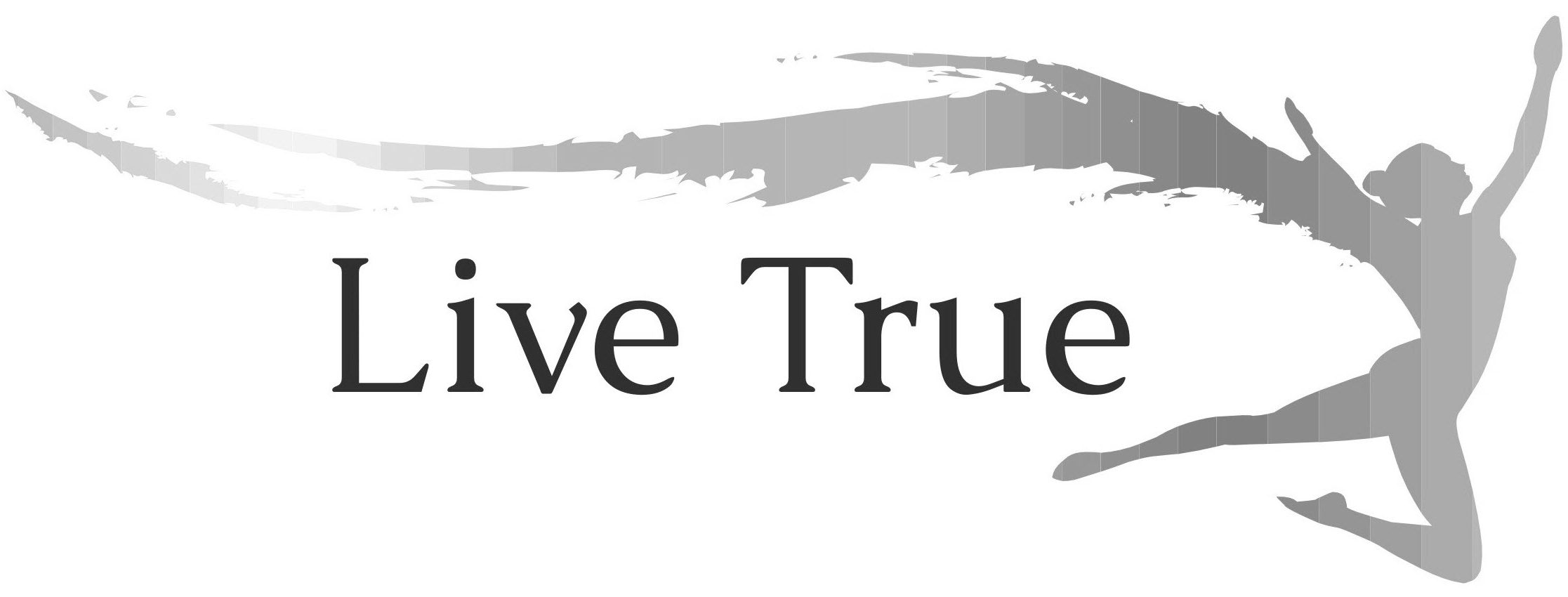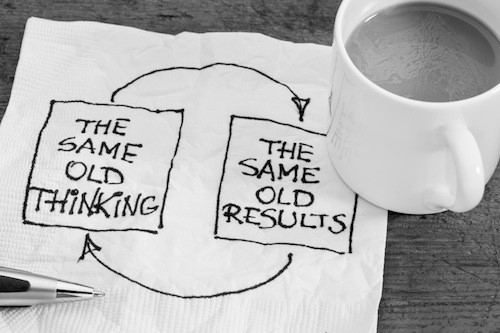18 hours to change your life?

Do you dream of an alternative lifestyle or new career?
One that provides more peace, freedom and personal fulfilment?
Where you love your work, and discover synergy in your work and personal lives?
Where you have time for yourself and the people you love, and are free from the constant demands of others?
If your answer to these questions is a resounding YES followed by a massive BUT, I get it.
If you’re like most people, you’ve probably struggled to pursue and realise the life you aspire to because two obstacles stand in your way:
Obstacle 1: You lack clarity on what you might do instead
Obstacle 2: You are concerned about financial security
Sound familiar?
What most people don’t realise though, is that the life they want is achievable, and its achievement is possible WITHOUT risk.
I’m not joking.
The simple truth is that once you are specific about what you really want and why, it’s purely a matter of pragmatism; a practical action plan to see you on your way, in a time-frame that suits your circumstances. One that doesn’t impact your immediate financial stability.
So, how do you get clarity on what you really want, and then make it happen?
It’s simple. You do what hundreds of others have done and use Work Wonderland.
What is Work Wonderland?
Work Wonderland is an online coaching course and web application that helps you define your ideal career in the context of your ideal life, and develop a clear plan to achieve it.
It’s an interactive “how-to” guide, giving you a proven, step by step formula for identifying your ideal career, and it comes with practical tools that show you how to take action and make the ideal a reality.
Work Wonderland utilises the coaching blueprint I’ve proved and used to help hundreds of people determine their ultimate career path, one that blends their ideal career and lifestyle.
Does it really work?
Ask these guys:
Jeremy left a career in IT after 32 years to run a children’s charity and live in the country, where he cooks and gardens to his heart’s content.
Elijah, after careers in law and communications, landed his dream job at Google, and has written his first book after recognising and indulging his passion for writing.
Tom, after years working for other agencies, has set up his own creative marketing firm that puts his passion for pixel perfect work at the heart of his services.
Now you might be wondering what type of time commitment is required to come to a firm conclusion on your ideal career and life?
Many assume it will take hours and hours over months and even years, but that’s not the case.
In total, the average time it takes to complete the full Work Wonderland course and get your answer is 18 hours over the course of three weeks. That’s it!
So less than one day’s effort could positively and significantly change the rest of your life.
If this is something you’re interested in click here for more information on the course, the web application and the bonus material I provide with it.
If you don’t take action to define your ideal career in the context of your ideal life, you can’t go after it, which means you’ll never have it.
Don’t consign yourself to an unfulfilling treadmill indefinitely.
Choose to do something for yourself today that changes the course of your career, and consequently your life, for a happier, more meaningful and fulfilling future.
Check out Work Wonderland today, and give yourself the life-changing career answer you deserve.
Recent Posts

Bringing ‘Big Yes’ energy to everything you do. A career change born from a need to rediscover fun
Seek out your ‘Big YES’ opportunities Ever felt like you are tired and burnt out, despite earning a decent income and having the outward markers

Pursue heartfelt happiness, above all else. Jeremy’s example to us all
Learning to reshape happiness for me These show notes give you some cliff notes as to what this episode is all about. This makes it

Proud to be 100% myself. How My Values Define Me
Values fuel aligned decisions If you ever needed a confirmation that making bold moves by listening to your instincts and being true to your own



